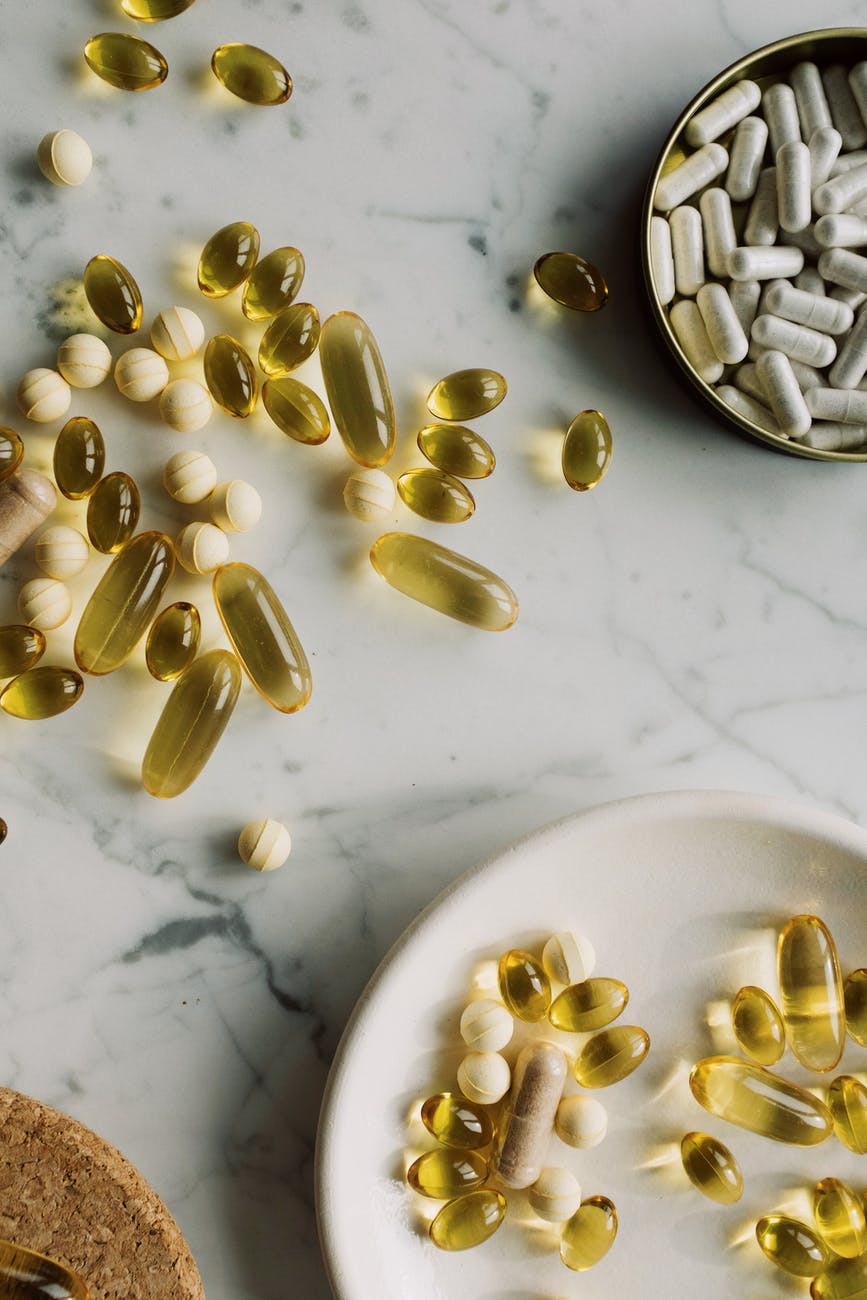As we continually advance in the field of nutrition and more specifically functional diagnostic nutrition, there are new and improved findings that are continually being unearthed to help us stay and look younger for longer than ever before.
It goes without saying that picking the right parents and your gene pool goes a long way when it comes to the rate we age, but we also know on a basic level that simple factors such as a ‘healthy’ diet can be instrumental. But what is a ‘healthy’ diet? The media has now successfully confused the majority of the public in to different beliefs and understanding of what we should and shouldn’t be doing.
One simple and immediate tip pertains to our Blood-Insulin profile. Typically the higher the blood insulin levels over a sustained period in our body the quicker the rate of ageing, so to try and hone in on any insulin loaded or insulin spiking foods and drink that may sit within your current regime is a simple but very powerful start. Insulin is the only hormone that we can almost completely control in our body due to it being triggered by the pancreas each time we consume a food. It was thought that only carb based foods triggered an insulin release, and that the amount of insulin triggered would be commensurate to how high the carb was on the glycemic index. The latter is true, but we also know that at least 10% of the protein based foods we consume convert to glucose [without raising blood glucose levels], this is a basic survival mechanism of the body given that glucose is so abundantly used in brain function as well as key organs and of course the energy to fuel the muscles throughout the body.
Lets assume that you are actively interested in slowing down the rate of ageing, and lets assume you have have taken some basic measures to create this, perhaps some or all of the following could be included as anti-aging protocols;
- Control blood insulin profile by reducing down on high GI foods
- Balance sleeping patterns
- Control blood cortisol by reducing exposure to stressors
- Watch the deficiencies in the diet
- Do a metabolic typing questionnaire to ensure you are eating for your body type
- Consider botanicals to improve blood sugar management - typically fenugreek
- Train your body to become more insulin sensitive by using such strategies as consuming carbs after exercise / training / vigorous activity
There are many more methods to improving sugar management that are beyond the scope of this piece, but lets now look at the deeper and more complex process that can help to create the winning edge on stem cell repair.
What are Stem Cells?
They are the special human cells that have an ability to develop in to various different cell types wherever and however the body needs them, and in many cases they have the ability to repair damaged tissue.
Exosome’s that are naturally secreted from stem cells have regenerative properties that help to restore functional cells needed to maintain tissue and organ viability.
When patients are considering exosome treatments that are currently being offered in the US within the mainstream market, its often overlooked in ascertaining the ability to rejuvenate existing stem cell pools, this includes activating AMPK (an enzyme that improves metabolism and helps protect against obesity and diabetes) and restoring youthful levels of sirloins and NAD+ (Nicotinamide Adenine Dinucleotide).
NAD is a compound found in every living cell. It’s crucial for energy production but more recent research indicates it does far more than just maintain optimal mitochondria function (the core of our energy production). Such benefits include;
- Promoting AMPK activity, the enzyme mentioned above that protects against diabetes and obesity
- It modulates p53, a tumour suppressing gene that repairs DNA and protects against cancer initiation
- Inhibits NF-kB, a protein that induces chronic inflammation tired to premature ageing
- inhibits mTOR, a molecular complex whose abnormal activation contributes to ageing
How to boost NAD+
Given the powerful benefits of boosting NAD+, its important to know what we can do to achieve this. Research shows that increasing levels of Nicotinamide riboside will achieve this.
Furthermore, when Nicotinamide Riboside is combined with a powerful anti-oxidant called Resveratrol, it packs a double punch. On its own, Resveratrol is thought to be one of the most potent antioxidants and in an accompany article we will also talk about its incredible benefits to male testosterone.
Final thoughts
People aged 50 have approximately 40% less NAD+ levels whereas 80 year old people can have 90% - 98% lower levels of NAD+ compared to the average 21 year old, and as heart failure risk increases as we grow older, the studies have shown that nicotinamide riboside protects the organs of the cardiovascular system as well as improving the response of tissues to cardiovascular issues including strokes.
Increasing your NAD+ levels is a promising way to self-renew existing stem cells in order to extend life span and prevent disease.
References
Conn JW, Newburgh LH. The glycemic response to isoglucogenic quantities of protein and carbohydrate. J Clin Invest 1936;15:665–671
Dolopikou CF, Kourtzidis I, Margaritelis NV, et al. Acute nicotinamide riboside supplementation improves redox homeostasis and exercise performance in old individuals: a double-blind cross-over study. Eur J Nutri. 2019 Feb 6
Garrido A, Djouder N. NAD(+) Deficits in Age-Related Diseases and Cancer. Trends Cancer. 2017 Aug:3(8):593-610
Grabowska W, Sikora E, Bielak-Zmijewska A. Sirtuins, a promising target in slowing down the ageing process. Biogerontology. 2017 Aug; 18(4): 447-76
Matasic DS, Brenner C, London B. Emerging potential benefits of modulating NAD(+) metabolism in cardiovascular disease. Am J Physio Heart Circ Physio. 2018 Apr 1;314(4):H839-H52
Verdin E. NAD(+) in aging, metabolism, and neurodegeneration. Science. 2015 Dec 4;350(6265):1208-13
Weichart T. mTOR as Regulator of Lifespan, Aging, and Cellular Senescience: A Mini-Review. Gerontology. 2018;64(2):127-34

